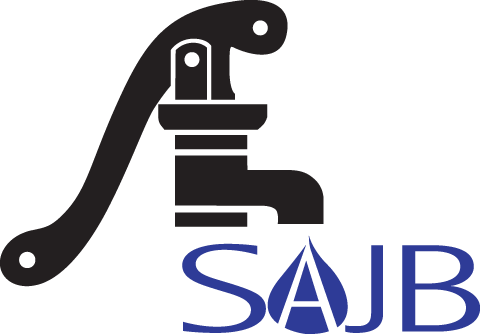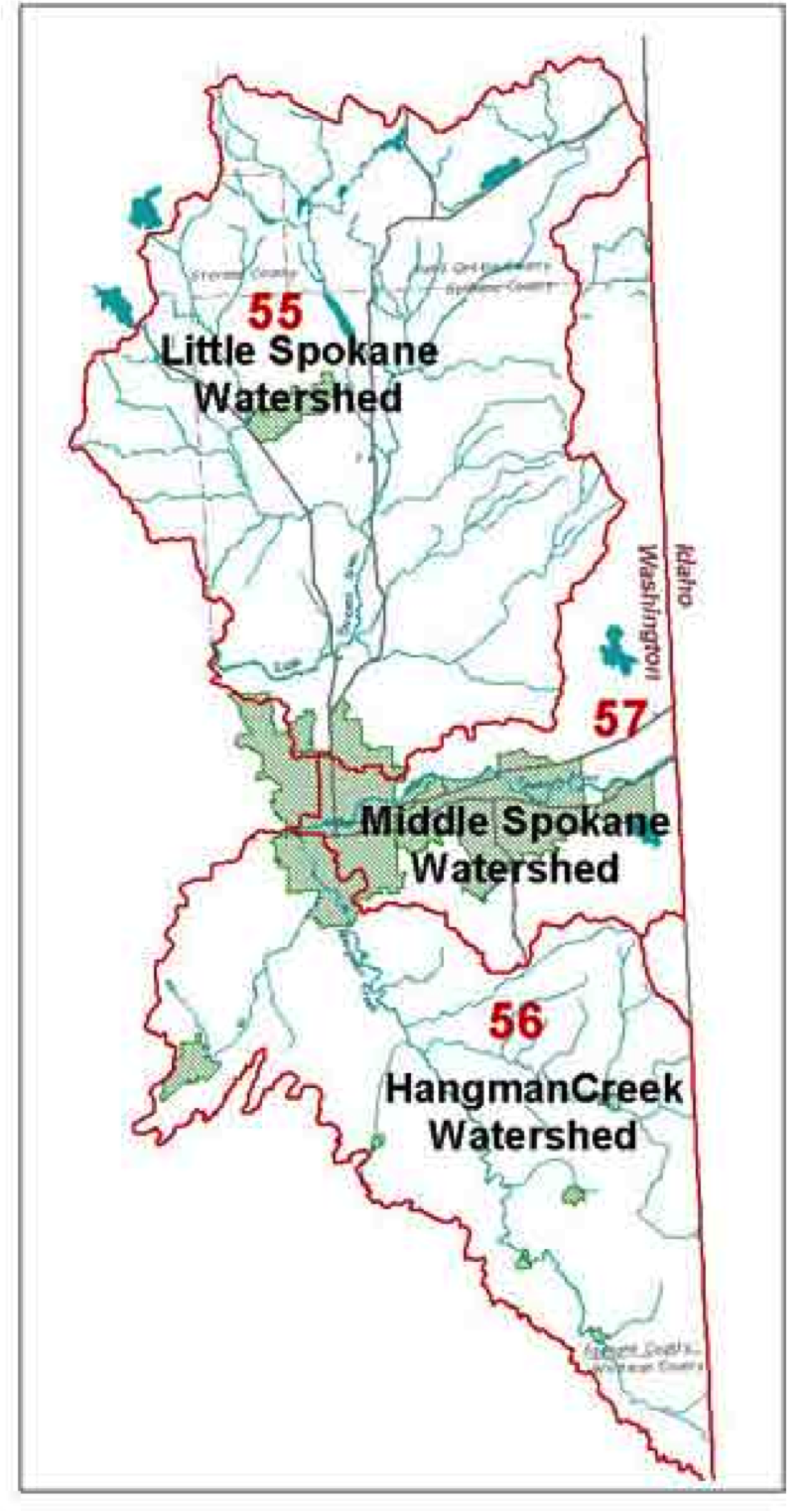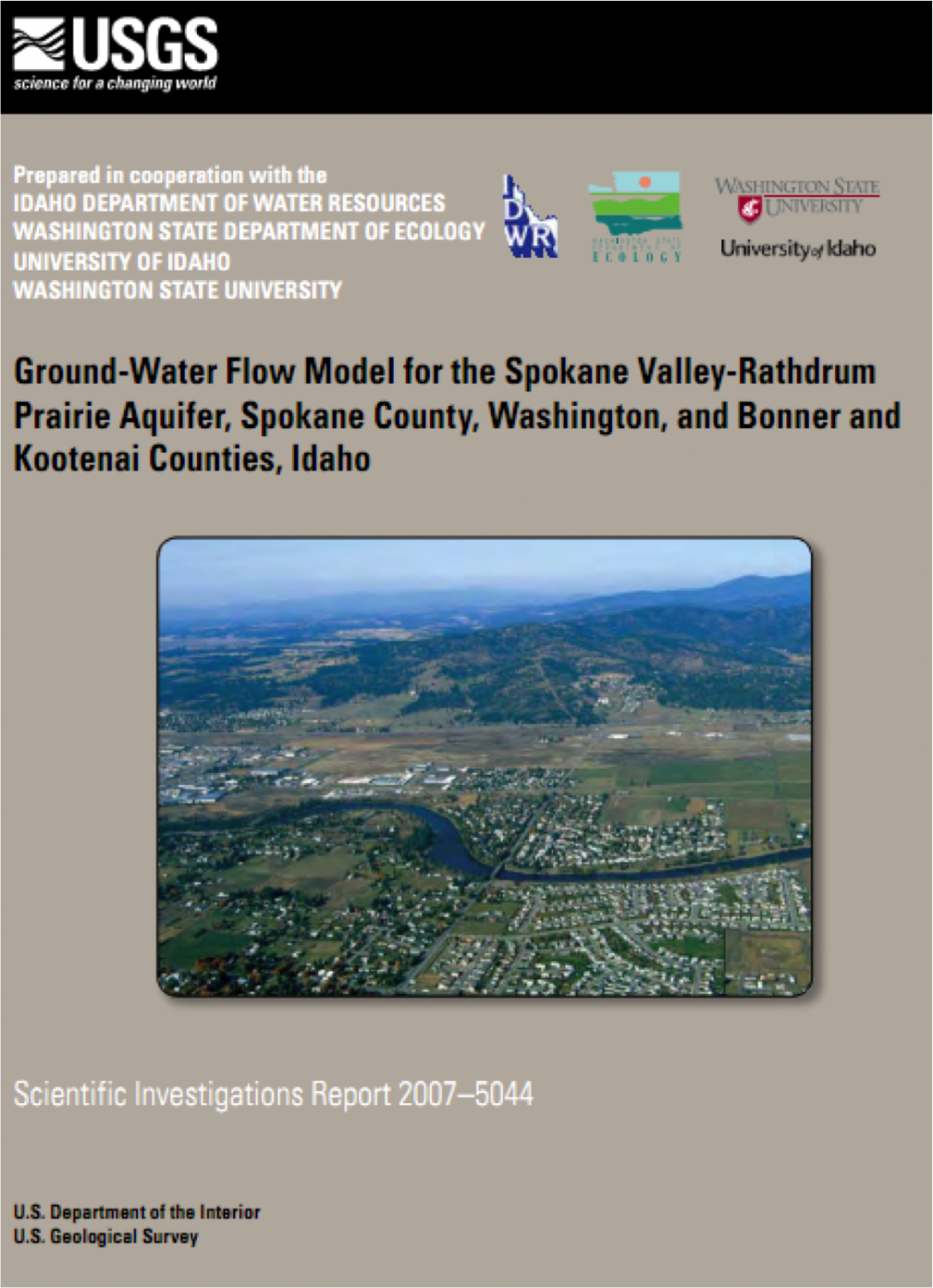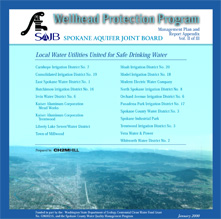Studies & Reports
Studies
Spokane County Watershed Planning
In 1998, the Washington State Legislature passed the Watershed Management Act to provide a framework for local citizens, interest groups, and governmental organizations to collaboratively identify and solve water-related issues in each of the 62 Water Resource Inventory Areas (WRIA) of the state. There are three WRIA areas designated in Washington that are impacted by the Spokane-Rathdrum Prairie Aquifer.
- WRIA 55 – Little Spokane Watershed
- WRIA 56 – Latah/Hangman Creek watershed
- WIRA 57 – Middle Spokane Watershed
2007 Spokane Valley – Rathdrum Prairie Aquifer Study
This 90 page report details a computer model study of groundwater flow in the aquifer and the interactions between ground water and surface water. [Click on the image to download a pdf]
For historic information about this study, visit USGS Washington Water Science Center Projects SVRP Aquifer.
In 2002, Robinson Research, conducted a telephone survey of 500 residents in Spokane and Kootenai Counties to determine attitudes and perceptions regarding the Spokane Valley Rathdrum Prairie Aquifer. The 27 page Summary Report and 135 page database are provided here for the reader’s interest or for comparison research to determine if attitudes have changed since 2002.
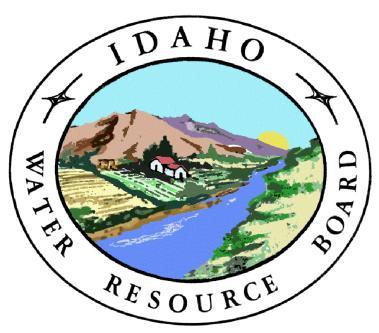
- 1992 Idaho Water Resource Board – Spokane River Minimum Stream Flow Fact Sheet Water Right 95-8780
- 2010 Idaho Climate Variability Study 30411
- 2013 Idaho Minimum Stream Flow Brochure
- 2010 IDWR Rathdrum Prairie Aquifer Water Demand Projections
- 2011 IDWR Rathdrum Prairie Comprehensive Aquifer Management Plan
- Rathdrum Prairie Waste Water Plan Executive Summary 2009
Reports
Wellhead Protection Plan
The Spokane Aquifer Joint Board developed a comprehensive wellhead protection plan that includes a technical characterization and assessment of the hydrogeologic setting of the Spokane Aquifer and provides the basis for wellhead protection areas.Cover221px The wellhead protection areas serve as the foundation of the program, defining the areas for contaminant source inventory, risk assessment, contingency management, public education and possible groundwater protection ordinances. The report was prepared January 2000, by CH2MHill and funded in part by the Washington State Department of Ecology Centennial Clean Water Fund Grant No. G9600216, and the Spokane County Water Quality Management Program. Click here to read the Wellhead Protection Plan.
Groundwater Monitoring Reports
Since 1977, Spokane County has been monitoring water quality conditions in the aquifer. Currently Water Resources Program staff collects samples on a quarterly basis from 29 monitoring wells and 16 public supply wells.
Consumer Confidence Reports (CCR)
Drinking water quality is regulated by the Department of Health Division of Drinking Water. Your water provider (purveyor) operates under a permit from the Washington State Department of Health. There are 80 chemicals and microbes that are routinely tested in your system. All water purveyors take representative samples to ensure their water meets or exceeds state and federal standards and each year before June 30th, your water purveyor prepares a yearly Consumer Confidence Report (CCR). All water customers receive either a mailed print copy or a link to a downloadable Consumer Confidence Report. The CCR tells you the results of regular, ongoing water sampling to ensure your drinking water is safe. CCRs are available on the SAJB Member Purveyor pages and at the bottom of the SAJB Home Page. If you don’t know who provides your water, visit our Member Purveyor pages or locate your home or business on the Service Area Map.
Call your Water Provider and ask for your CCR. If you don’t know who that is, visit our Member Purveyor pages or locate your home or business on the Service Area Map.
The Washington DOH Source Water Assessment Program (SWAP) provides a variety of reports about protecting the source of your drinking water and any threats to its long-term quality that can be identified and addressed through pollution prevention.
A case study of the SAJB was conducted in 2003 and published in 2004, as part of the AWWARF funded “Demonstrating Benefits of Wellhead Protection Programs.” The published case study is not available however, a close to final draft of the case study is provided here.
